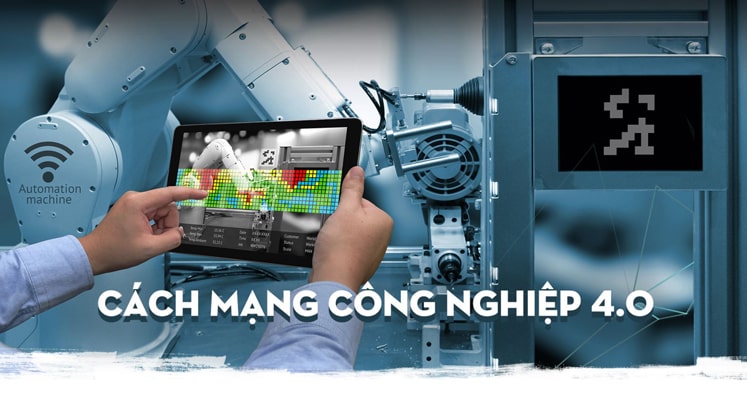
Vietnam’s apparel and textile industry is getting ready for Industry 4.0! There isn’t a better way to growth and development in an era that talks only automation.
In a survey that was conducted recently by the research team of Vietnam National Textile and Garment Group and institutes at over 300 apparel firms of the country, it was distinct that majority of these firms were working towards keeping pace with Industry 4.0
And, how were they doing it?
Increasing productivity, minimising production costs and workforce, and adopting latest technologies were top in the line for many of the firms.
Not surprising considering the increasing visitation one saw of Vietnamese apparel firms in some of the technological exhibitions held in Saigon in last 2 years.
Garment No. 10 Corporation, better known as Garco 10, has adopted modern technology in production and management as a result of which the production time of a product has come down from 1,980 seconds to 1,200 seconds and just 690 seconds per item.
To put simply, 1 worker controls 2 machines instead of 2 workers controlling 1.
It is worth noting here that the productivity in the company has incredibly surged by 52 per cent and the faulty goods ratio has minimised by 8 per cent.
Besides, Garco 10 has reduced the working hours by 1 hour each per day and also lessened the annual production cost by 5 to 10 per cent.
Similarly, An Hung JSC has started the construction of 3 factories in Phu Yen Province at an investment of VND500 billion. There will be a suit factory with an annual capacity of 600,000 sets, a woven factory and a knitting factory to produce fashion and sports apparels.
Once operational, there will be jobs for 4,000 localites and it is expected to help the firm reach annual export numbers of US $ 50 million.
Regina Group too has started Regina Hung Yen project that is expected to produce 25 million items every year.
With each of these companies adopting latest technologies and focusing on increasing productivity, they have now started getting complex orders like that of suits, jackets and underwear.
However, one area that Vietnam’s apparel sector needs to focus more is to enhance the knowledge and skills of garment workers and make them ready to handle the latest of technologies.






